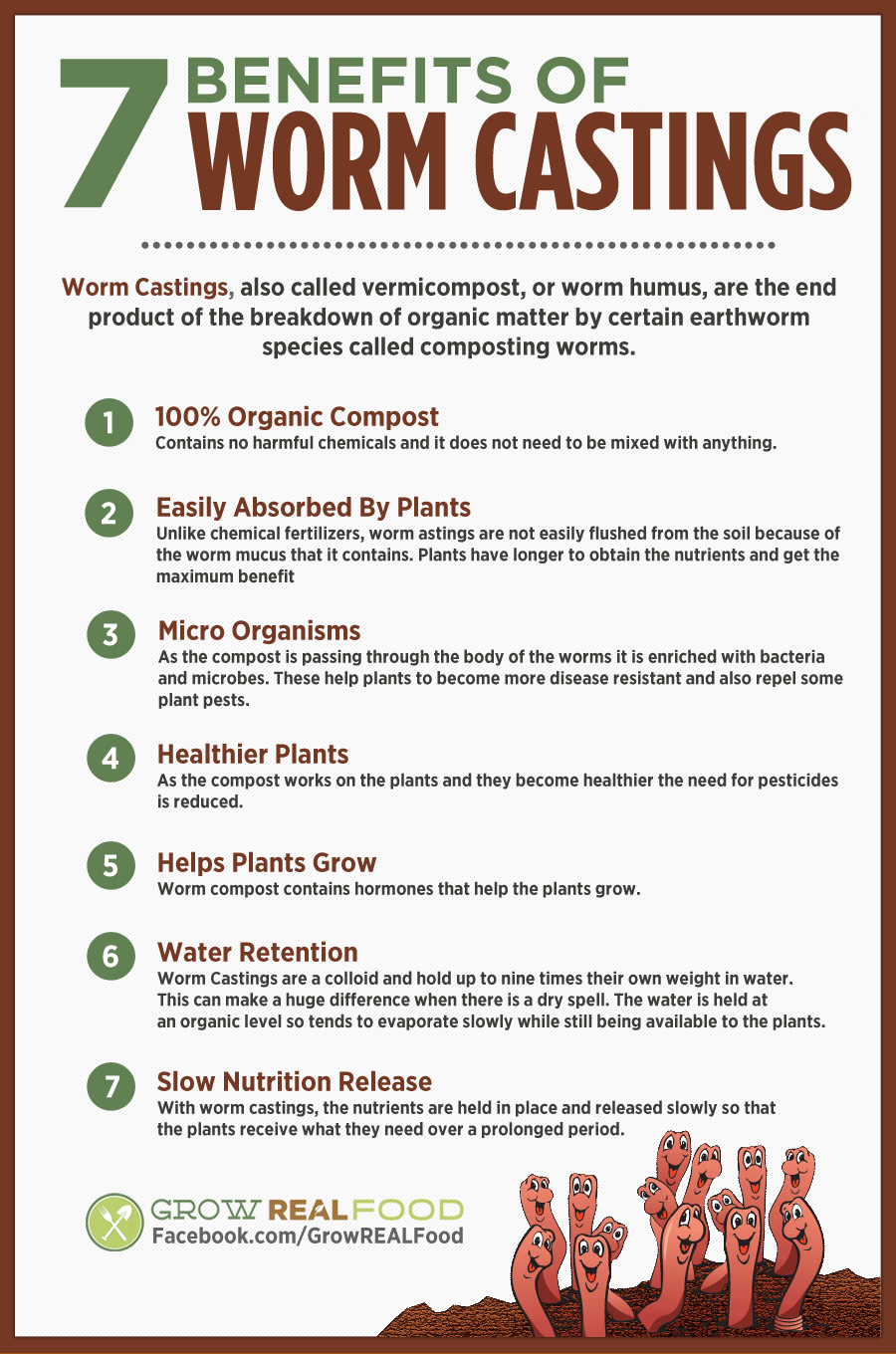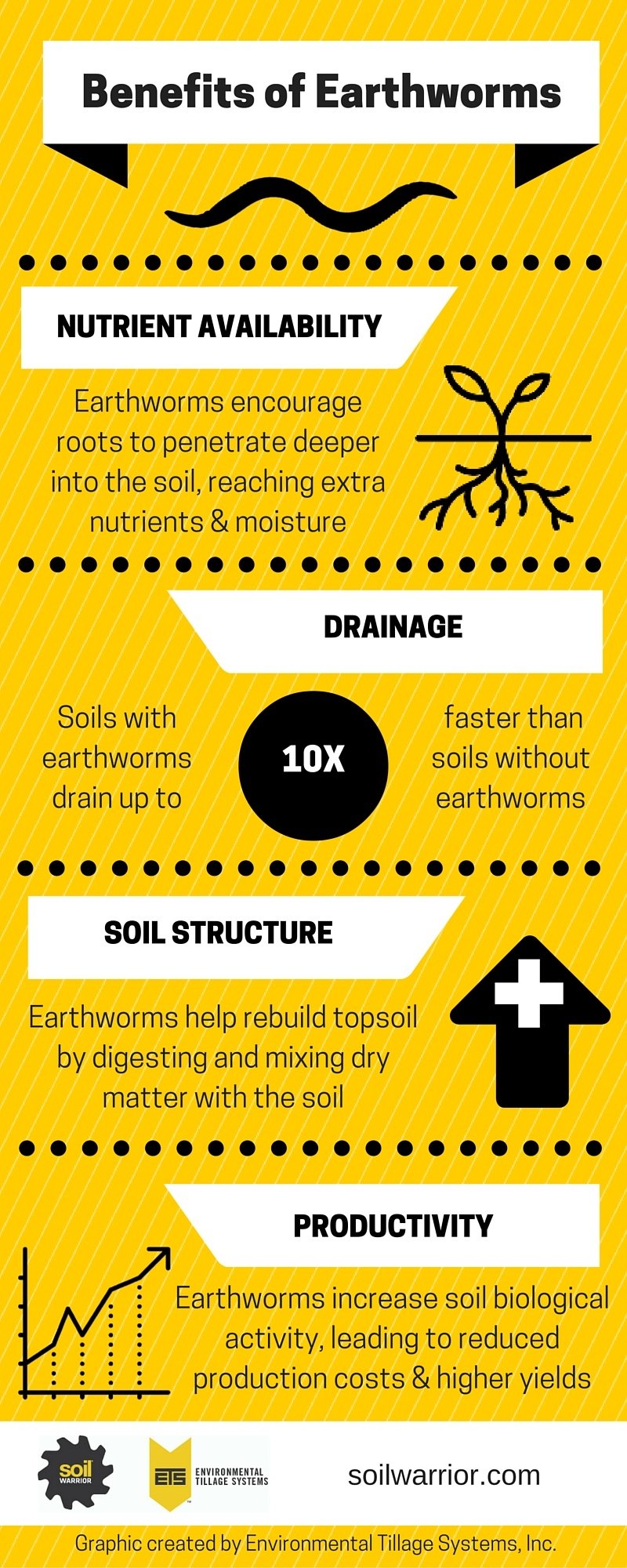Unknown Facts About North Carolina Worms
Table of ContentsNorth Carolina Worms - The FactsNot known Details About North Carolina Worms Little Known Questions About North Carolina Worms.The Ultimate Guide To North Carolina Worms
Example: 1-gallon of worm castings to 4 gallons of potting mix. Do NOT use a potting mix that has chemical fertilizers in it. Check out the labelit will certainly claim. 1/2 mug in the base of the planting opening for smaller plants. 1 cup for bigger plants. ie. tomatoes, eco-friendly peppers, summer squash, and so on.

The addition of tea can also include raised microbial biomass to your dirt. You can always side-dress your plants with worm castings at any type of time. Simply remember, the microbes will pass away if revealed to UV rays (Sun), so make certain to cover the spreadings with an inch or two of dirt.
This baffled them for years up until the testing approaches ended up being better. It would obtain much better(with more spreadings), degree off, and after that decline. Too numerous worm castings would increase the growth to a pace that the plant can not recuperate from.
North Carolina Worms for Dummies
Lots of herbicides work on this exact same principle. 20% by volume appears to be the "Sweet Area". I have stated the merits of worm spreadings for about 2000 words. What regarding the opposite side of the coin? Nothing is ideal. Worm castings are no different. It takes some time to create top quality worm spreadings.
Worm spreadings certainly set you back more than chemical fertilizers. Worm castings are on the less expensive end of organic plant foods. (50 gallons per year) It is a much harder and extremely expensive investment to generate large quantities of worm castings.

Actually, creating a healthy soil might be the best benefit of worm spreadings. Healthy and balanced soil was discussed and just how vital this has actually become to everyone. The top ten advantages of worm castings were also offered. We discussed worm spreadings NPK and likewise the proper nutrient analysis that ought to relate to worm spreadings.
The Greatest Guide To North Carolina Worms
We spoke regarding some of the negative aspects associated with worm castings. I covered a great deal of material in this post.
The vertical burrows are normally open, although the worms cover the leading with deposit and waste matter. The upright burrows are really vital factors of access for fast water seepage right into the dirt, particularly in no-till systems. Air-filled porosity is essential in aiding plant origins to grow. Origins require oxygen for their development, whereas they create co2 that requires to leave the soil.
Earthworms raise porosity by two systems: (1) by creating permanent burrows, and (2) by enhancing soil aggregation. Gathering is improved by the blending of soil and raw material in the earthworms' intestines. Lake Rhodhiss Bait. These highly secure accumulations are deposited by some earthworms in their burrows, and by others at the surface area of the dirt


In another research study, earthworms were approximated to consume 4 to 10 percent of the leading 6 inches of the soil each year. This only goes to reveal the enormous amounts of soil that can be processed by earthworms. Soil compaction minimizes the porosity of the dirt. Since earthworms raise porosity, they reduce the results of compaction.
North Carolina Worms Fundamentals Explained
Common earthworm populations can quickly take in 2 lots of completely dry matter per acre per year, partly digesting and mixing it with soil. The value of earthworms to mix surface area residue with dirt comes to be really clear in soils that do not have any type of earthworms. Many of our Pennsylvania dirts have at least some earthworms, and the result of their full lack, consequently, can not be noted.
They live mostly from partially decayed raw material that is already included in the dirt. They consume their way via the soil, developing horizontal burrows that they loaded with their excrement. These species consume big amounts of dirt that they blend with digested crop deposit in their digestive tracts. or anecic types reside in long-term vertical burrows that can be 5 or 6 feet deep.
Their burrows remain open, although they cover the top with crop residue that they draw to the entrance. These types consume considerable amounts of dirt that they blend with digested deposit in their intestines. Their waste matter is largely transferred at the surface of the soil. The nightcrawler Lumbricus terrestris is one of the most famous member of this group.
Comments on “The Ultimate Guide To North Carolina Worms”